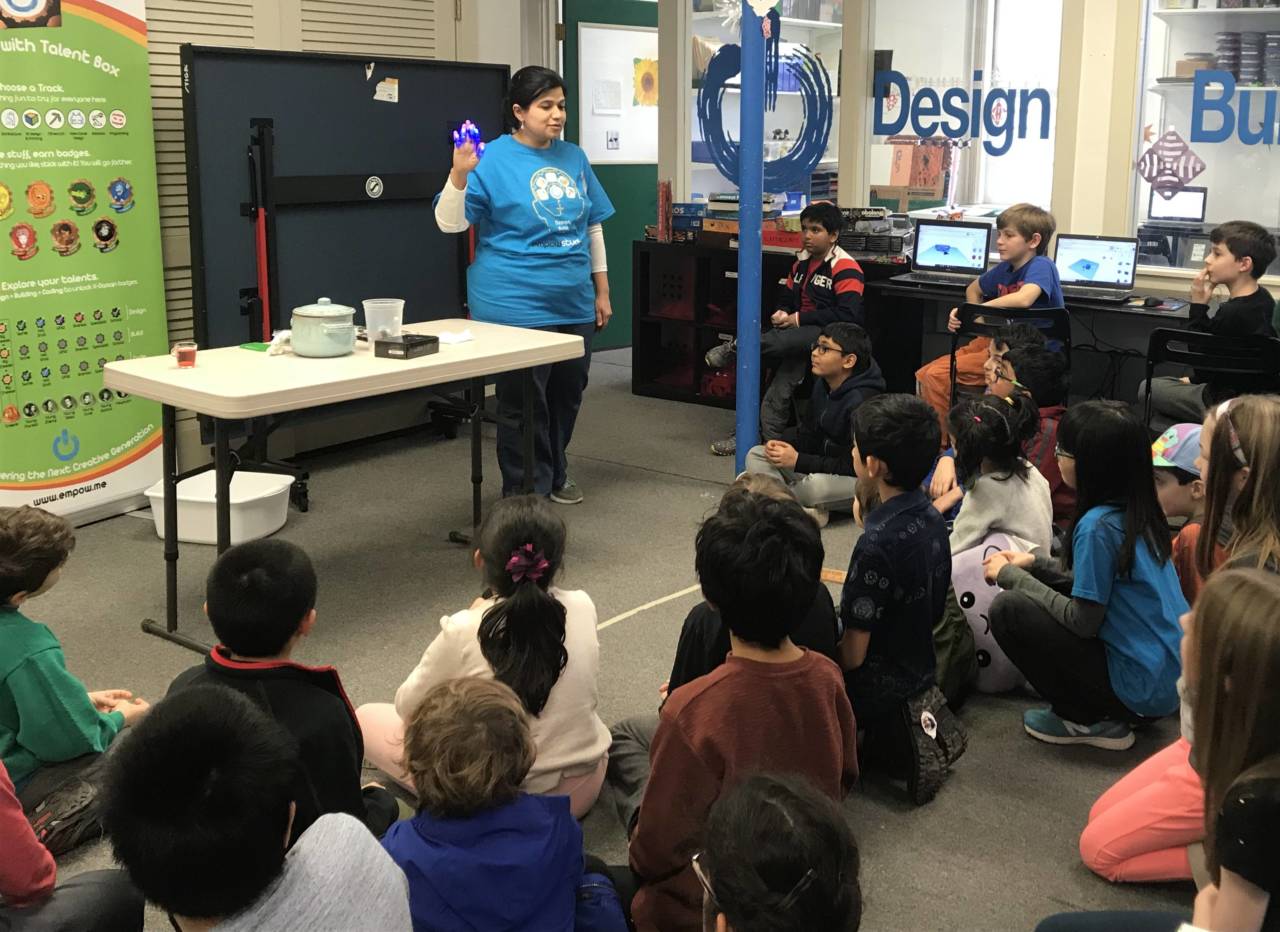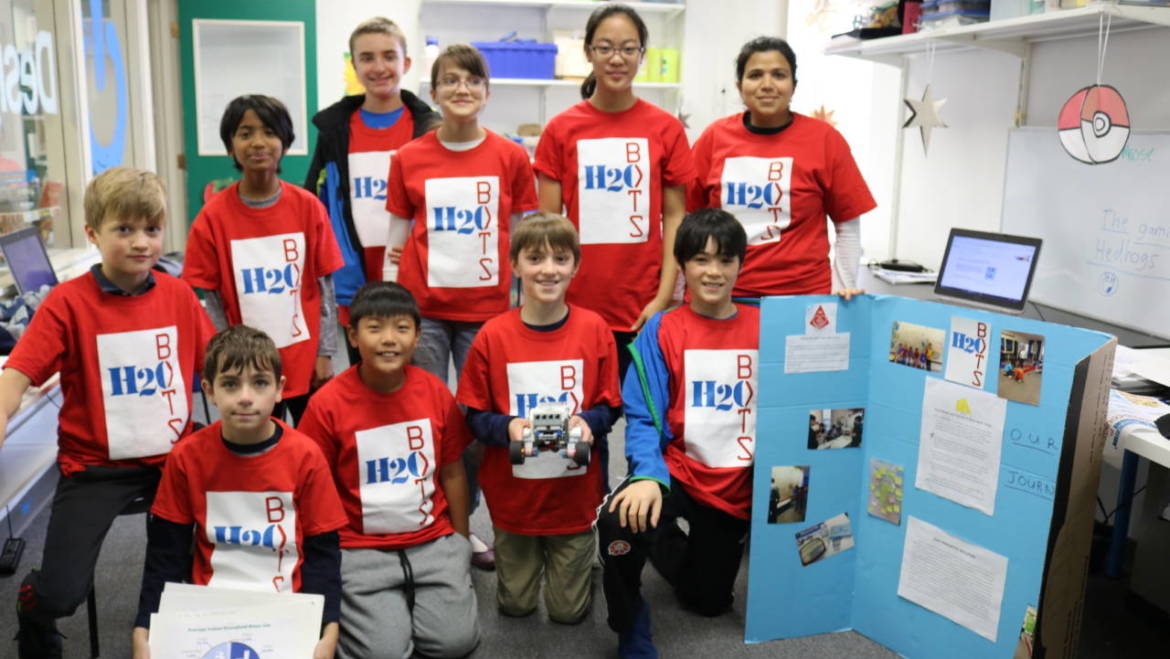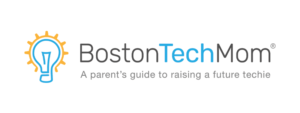Hooked on Engineering
Teacher Spotlight: Pallavi Naravane
Empow Studios Instructor Aims to Boost Interest in STEM Careers
When Pallavi Naravane, a senior instructor at Empow Studios, was a child, engineering was a family affair. “I grew up around parents, grandparents, uncles and cousins who were engineers,” she says. “I just thought it was the way to be. I also liked math and graphics. There was a big push to pursue all ‘techie’ subjects. When I was in middle school, I remember being super excited about doing science projects.”
Ultimately, Naravane would go on to get a bachelor’s degree and a master’s degree in instrumentation engineering, a specialized branch of electrical engineering. She then worked in the field of digital signal processing (DSP), which involves taking real-world signals such as video, audio, temperature, pressure or position that have been digitized and mathematically manipulating the signals so that they can be converted and used in practical ways.
During her nearly two years at Empow Studios, Naravane has been passing along her love of technology to educate a broad range of students. “I direct summer camp at Natick, Belmont and Cambridge for all ten weeks in the summer,” she notes. “I also teach programs like Robotics & Gadgets Club, FIRST LEGO League (FLL), and STEM After School Club.”
We recently talked with Naravane about how she works to interest students in STEM (science, technology, engineering and math) careers, especially girls who are statistically less likely to enter STEM fields.
Q: What type of work did you do as an engineer?
A: I have programmed microcontrollers for applications like elastography, designed multilayer boards for DSP around audio visual applications. I loved every part of it, designing from concept to product, and everything in between. It’s always so much fun!
Q: What have you noticed while teaching students? What inspires them?
A: I recently led the Empow Studios DIY Electronics Club. In this class, children built their own gadgets. We had girls design prank gadgets that play a recorded sound when the photoresistor is exposed to light. One time they interfaced temperature and humidity sensors to see the readout numbers on screen rise when they placed the sensor next to a mug with hot water. Once they see the possibilities of electronics and programming, they are hooked!

Q: You brought your Advanced Robotics Club students to an annual event called Botfest. Can you describe their mission?
A: Sixteen kids from Empow Studios Advanced Robotics Club put together ten robot builds using a LEGO Mindstorms EV3 base. We were showcasing them with other robotics teams from the area as well. The goal was to be part of the larger community of robotics. The children, aged 9 through 12, paired up and selected a project. The class worked for two months to build the robots using instructions. They were extensive builds, and it took multiple classes for it all to come together. Then began the process of coding and testing the work. They learned to use switch cases, data variables, constants, random blocks, math blocks and data wires to build different decision-based paths.
Q: You recently learned about a concept called ‘Novel Engineering.’. Can you explain this approach?
A: We have all heard about STEM, then came STEAM, and the latest is STREAM, which adds an ‘R’ for reading. The concept called ‘Novel Engineering’ can incorporate LEGO robotics and other materials and seems to follow a STREAM approach, though it doesn’t attempt to use the acronym. The idea is to get kids to read a book that is chosen for its ability to generate a problem that students want to solve. Novel Engineering uses books with complex characters and problems to spark a desire to research and find solutions, whether it’s building bridges for animals to cross freeways or addressing the annual flooding of tunnels in subways. I learned about the concept during a recent LEGO Education Symposium and STEM Education Conference at Tufts University in Boston, which was attended by educators from 30 countries. There I had a chance to attend workshops presented by leading researchers and gain insights from experts on the latest trends in STEM education.
The idea behind Novel Engineering, is that we are all context driven. If there is a compelling reason to find something, it makes more sense to us. For instance, if a child observed a favorite pet dog struggling to use its hind legs, they would want to design a support contraption/ robotic buggy to make up for the use of its hind legs. If someone saw an underground train tunnel being flooded every few years, they might think to design a water detering mechanism to stop water damage. If children are given a problem that lends itself to an open ended solution, then they will be motivated to try various approaches to see how it works, test and redesign it. The typical Novel Engineering unit trajectory is described in the following way: identify problems, scope problem and design a solution, test solution and get feedback, improve solutions and share culminating activity.

Q: You consistently work to get girls involved and thinking about STEM careers. What should girls know about women in these fields?
A: We read about girls and women making headlines for doing amazing research and projects and some even starting their own companies. So girls may think that they can’t compare and give up entirely. But there are many women and girls silently achieving their dreams of successful careers without making any news. There are many role models to observe right here around us in our communities and neighborhoods. My advice to parents is don’t slight girls by saying “that’s great, for a girl” or pass suggestive comments that girls should pursue crafts, ballet or just assume it’s boys who prefer tech, building and coding. It’s also important for all students to understand that you don’t have to be an engineer or have a PhD to excel in STEM fields. There are so many careers to choose from and each is rewarding. I suggest parents encourage students of all ages to tackle STEM subjects and seek out career expos to help students identify the many options that may interest them.
Q: How do tech education programs like Empow’s Girls STEM Camp impact students?
A: We have to catch them young, and give them confidence that this can be their thing too! We typically see three or four girls in a tech camp of 30 kids; the disparity starts from so early on. I want young girls and their parents to know that STEM/STEAM/STREAM needs to start young, and disparity in numbers starts from 1st through 2nd grades. Girls STEAM Club and Girls STEM Camp creates a community which can really inspire girls. We want to teach girls that it might be challenging, but this is fun and doable and we have to just be persistent to get the hang of it! They are our future, please encourage them.






